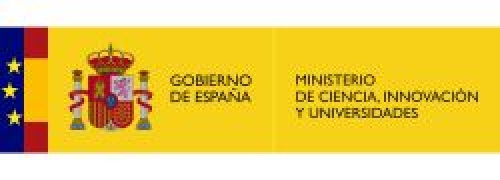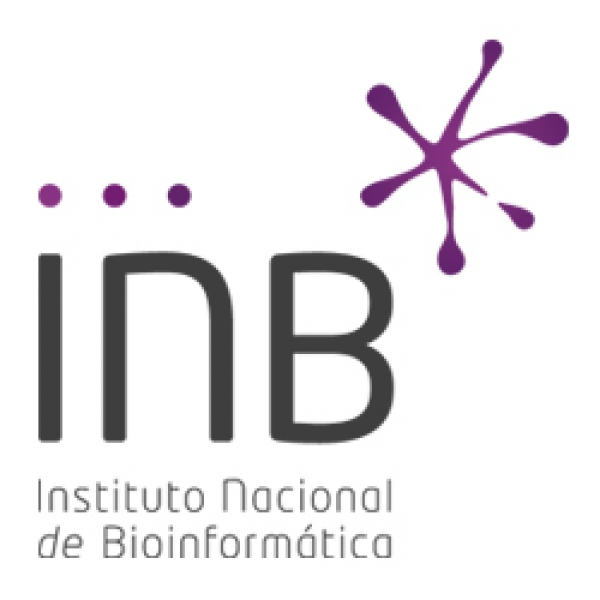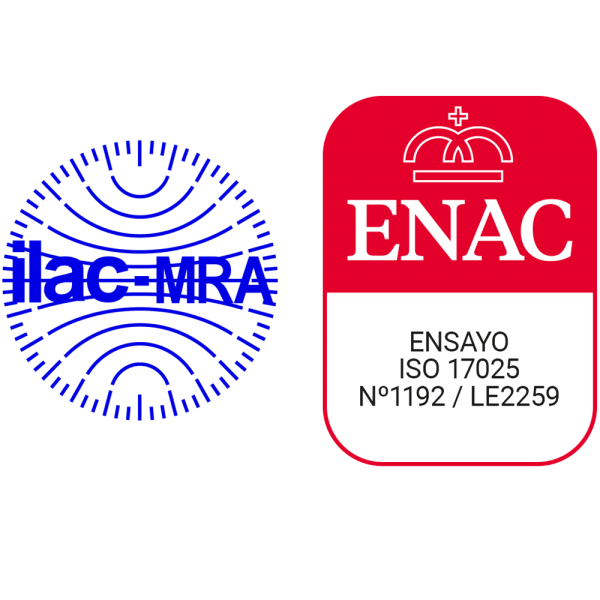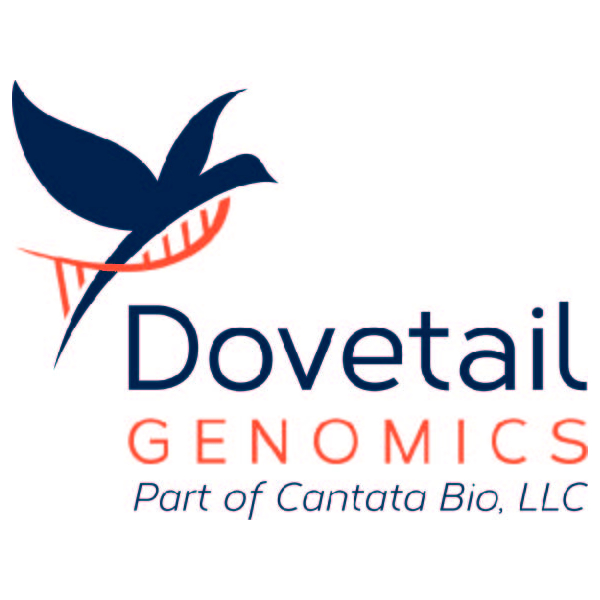The objective of IMPaCT-Genómica 2 is to improve equitable access to faster and more reliable diagnoses for rare diseases (RDs) and low-frequency genetic tumors within the National Health System (SNS), facilitating their prevention, therapy research, and impact assessment. Previous results from...
Although the prognosis of patients with colorectal cancer (CRC) has slowly improved during the past decades, metastatic CRC (mCRC) still has a devastating survival of less than 15%. Therapeutic options for most mCRC patients are scarce, and immunotherapy has shown limited benefits so far. The lack...
Innovation in the genomics field is extremely intense and requires significant up-front investments. The toolbox of sequencing platforms, each with unique features requiring specialised training and leverage extensive cross-functional expertise, is rapidly expanding. The EASIGEN-DS project...
Xerocrassa montserratensis and Tylodina raffinesquii are two endangered molluscs inhabiting Catalonia. Xerocrassa genus is highly specious, and no genome is available. With no reference genome for the whole order Umbraculida, a reference genome for Tylodina raffinesquii will be a keystone resource...
The EU Member States’ initiative 1+ Million Genomes (1+MG) aims to enable secure access to genomic and corresponding clinical data across Europe, supporting research, health policy and personalised healthcare. This initiative follows a two-staged roadmap, via the...
There are over 330 million people living on the planet affected by one of over 6,000 identified genetic rare diseases (RD). They urgently need timely diagnosis and development of specific treatments. Although Europe leads the way in RD research, there is a clear gap in research and innovation (R...











